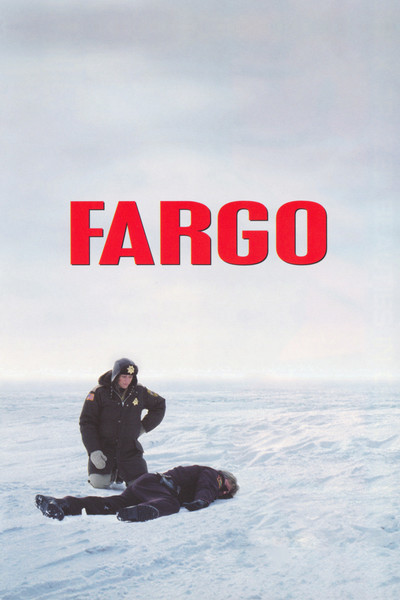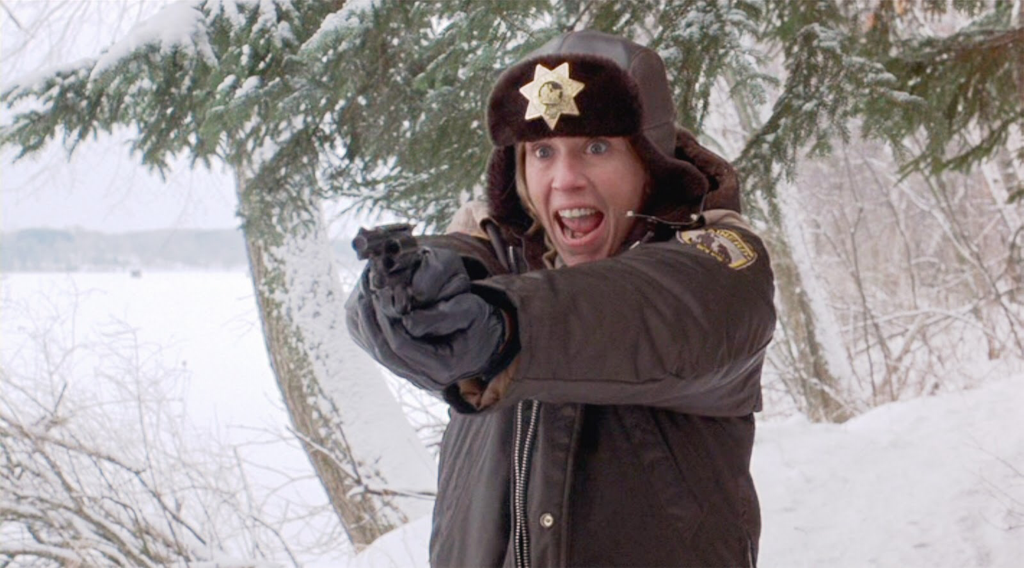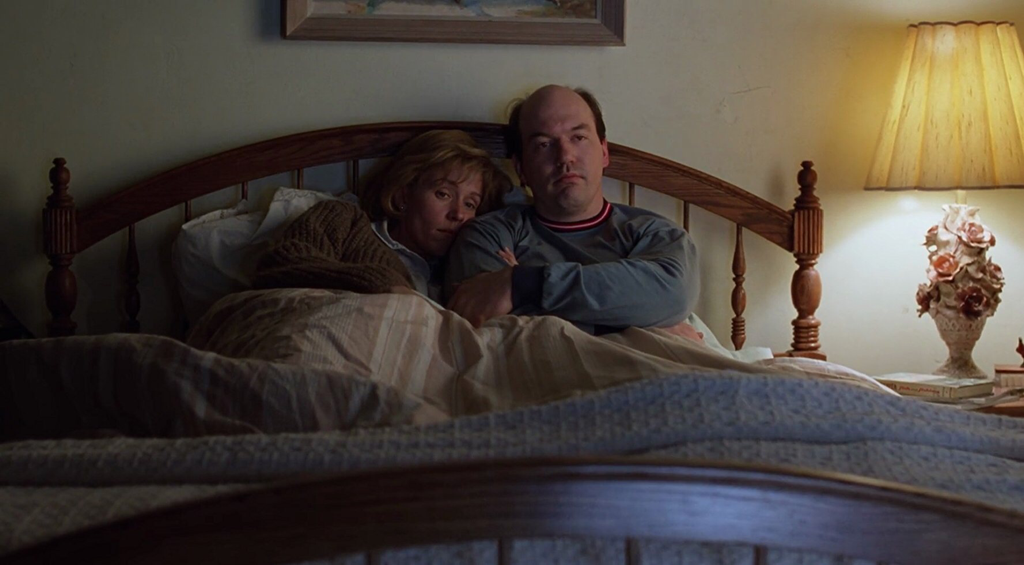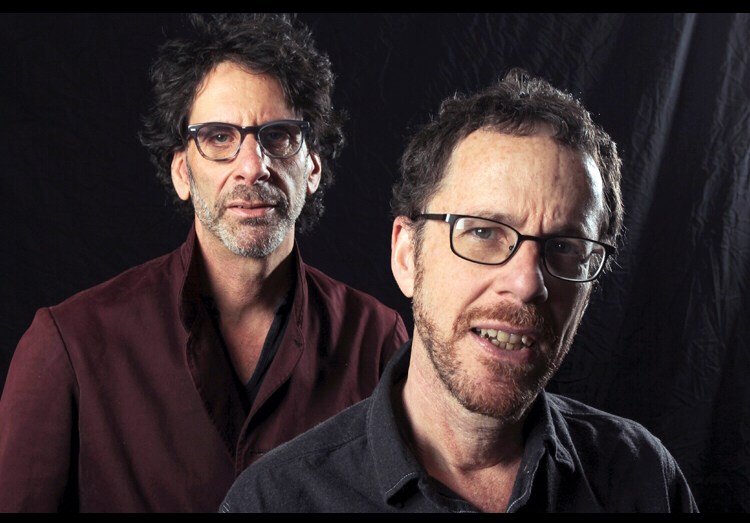|
In the mid 1980’s the Coen Brothers, Ethan and Joel, made a debut film called Blood Simple (1984). The dark violent thriller brought them acclaim and the opportunity to make a big budget film. Instead of making another thriller they made the over the top kidnapping comedy Raising Arizona (1987), an exciting and dialogue heavy film staring Nicolas Cage and Holly Hunter. In 1990 they made the quirky crime drama with a bunch of men wearing big hats called Miller’s Crossing. The film is good, but bland in comparison to the previous films. After mix reviews, but okay box office they made a critical masterpiece, the very insider/existential old era movie comedy Barton Fink (1991). They were filmmakers to watch, but their voice was all over the place. Each of the three previously mentioned films are classics, but none were consistent in voice. 1994 was almost the death of them. Given $25 million dollars to make a film, they made the under appreciated cult classic The Hudsucker Proxy with Tim Robbins and Paul Newman in a screwball comedy about the hula hoop. Try selling that to the masses. Then in 1996, in March, with nothing to lose, they took all of their previous creations and concocted a dark comedy crime thriller called Fargo. The trailer was a bit of a mess, but the reviews were through the roof. Siskel and Ebert declared it the best picture of 1996 back in their March review. The film, now 21 years later, holds up even better than when I first saw it in 1996 at 14 years old. In fact, the first time I saw it, I was confused, slightly taken aback by the violence and odd humor. Now at 35 years old, I understand the nuance and themes better, and a film that once was beautiful mystery is now a compelling parable. The opening title card, a hoax by the way, sets up a feeling of excitement. True story crime capers are always interesting. And while this “true story” wasn’t one, it was the only way to establish the perfect logic of the characters. I’m convinced that if this story happened in real life 100 times, that based on the people involved, this would have been the actual outcome 100/100 times. Fargo is a perfect film for this reason. Not one false step. Not one false character motive. Not one time do we look at the characters and second guess their motives. This film might be the best screenplay to study if you want to know how to write a clean narrative. The characters understand their roles and who they are. Whether it’s the bumbling crooks, the sneaky car salesman, or the very pregnant police chief. All the actors understand their characters, which means all their actions are defensible. All of the warmth of middle America is surrounded by cold white snow, and the blood of innocents is spilled upon that crystal clean surface. The landscape is a character in itself. The irony of small town folks being the victim of a greedy man salesman, who looks and is no different than any other man, adds to the Shakespearean theme and murderous plot. What William H. Macy does is take the Willy Loman arc type and puts him in the middle of the crime. His plan is so simple. Have his wife kidnapped. Get his father in law to pay the ransom. Split it up with the criminals. Then pay off his debts and keep some for the unfairness of life. But it goes all wrong. So many deaths. So many mishaps. And a very bright and kind police chief just one step behind until she’s all caught up. And that’s where the film shows it’s powerful metaphorical writing. As Francis McDormand is surrounded by death, her pregnancy is a symbol of life. She inspires and is inspired. Her relationship with her less than successful stamp artist husband shows her vulnerability and sweetness. Their conversations and loyalty to each other are the juxtaposition to the other couples in the film. They’re just as confused and messed up, but they’d never commit crimes to solve problems. The kindness they display at the end is a counter to the evil the William H. Macy subjects his wife too. The Coens have crafted a perfect script to characterize the wealthy as weak and middle class as strong. In the 1987 time frame, it feels like a slap to Reagan’s America. Or is it a homage? Either way, it’s a beautiful marriage. And then there is the American mythology of Paul Bunyon standing tall like a ever watching god. The great American myth that hard work produces good results is completely deconstructed here, as William H. Macy’s Jerry Lundegard probably did all the right things but still is a victim, therefore creating a bloodbath of new victims. And while Bunyan stands tall and powerful, he is just as impotent as the the characters. Since 1996’s Fargo, Ethan and Joel Coen have made one monumental masterpiece after another.
The Big Lebowski O Brother Where Art Thou? The Man that Wasn’t There True Grit No Country For Old Men A Serious Man True Grit Inside Llewyn Davis Hail Caesar! But it took a little crime film in 1996 to develope the voice that would create the towering canon of work beloved today.
0 Comments
Leave a Reply. |
Paul Douglas Moomjean Blog's About What's on His MindBlogging allows for me to rant when there is no stage in the moment to talk about what's important and/or funny to me. Archives
July 2024
Categories |











 RSS Feed
RSS Feed
